
Relativity for Earth People
I’m creating an app that explains the theory of special relativity to a general audience.
The app is somewhat backwards compared to traditional presentations of the topic.
The app shows length contraction and time dilation first, without any explanation and before laying any groundwork, letting the reader experience for themselves the surprising way our universe behaves. These concepts are presented using interactive 3D models in a familiar real-world setting, without abstraction or analogies. The scenes are based on an accurate model of 4D spacetime with a slow speed of light.
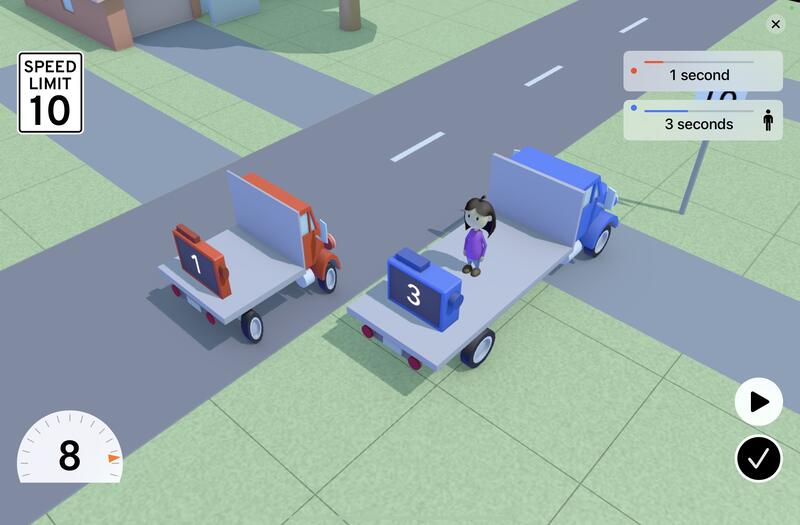
This presentation motivates the reader to ask why these bizarre effects happen. It equips the reader with context, so they’ll already have a slot in their brain where they can plug in what they learn later.
Only then does the app explain why all of this happens, using the same 3D scenes, along with light clocks.
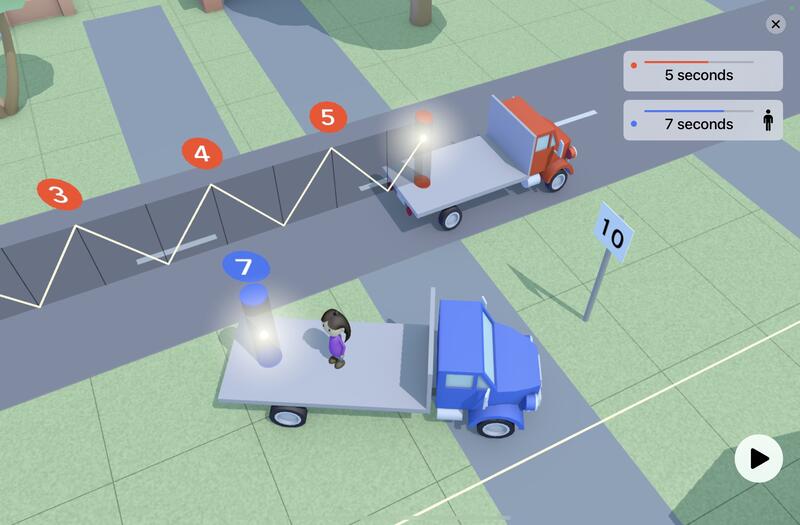
The app explains why length contraction happens geometrically, in terms of pairs of orthogonal light clocks and interactive animated 2D+1 Minkowski spacetime diagrams, tied directly back to the familiar 3D scenes to minimize abstraction. This explanation would be impractical on a whiteboard.
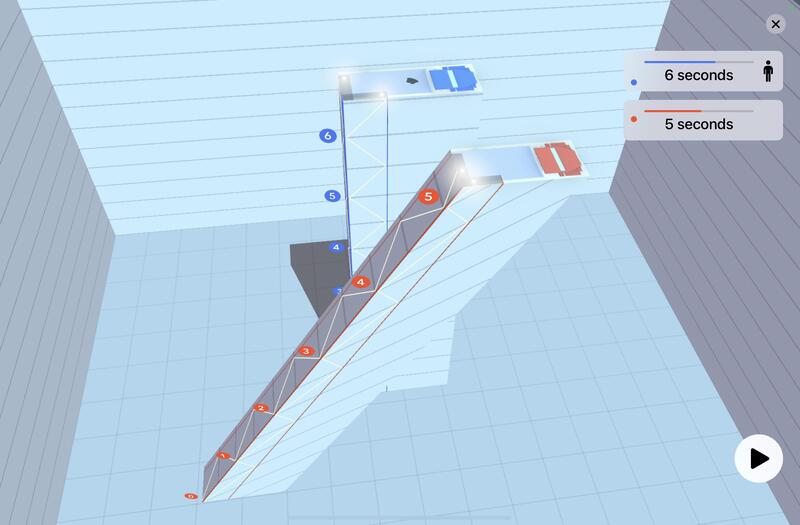
This same approach is used to explain the twin paradox, relativistic velocity addition, and simultaneity.
Each scene is interactive. The reader drives everything at their own pace. The reader learns by doing.
The app explains everything in terms of concepts a teenager would already understand about the real world. The target audience is not physics students.
The app avoids using relativistic physics terminology. When I was first learning about special relativity, I was particularly confused by the term proper time. It took me 3 months to really get it. I feel embarrassed to admit this now because proper time is so simple. When someone is encountering special relativity for the first time, I think the terminology that physicists use to describe it is an obstacle to learning.
The main character in the app is the observer. The trucks in the app are the inertial frames. Proper time is what the clock on the observer’s truck shows. These concepts are represented implicitly.
But at the end of the app, I’ve included a reverse glossary that lists all the fancy physics words the app intentionally does not use, explained in terms of a series of 3D scenes illustrating the concepts the reader now already understands.
The app does not explain special relativity in terms of the equations. While I agree with the spirit of the premise that it’s impossible to understand relativity without working through the math, I think that the math is another unnecessary obstacle. Although the app doesn’t present the equations explicitly, they are all there in the app. They’re just baked into the spacetime model.
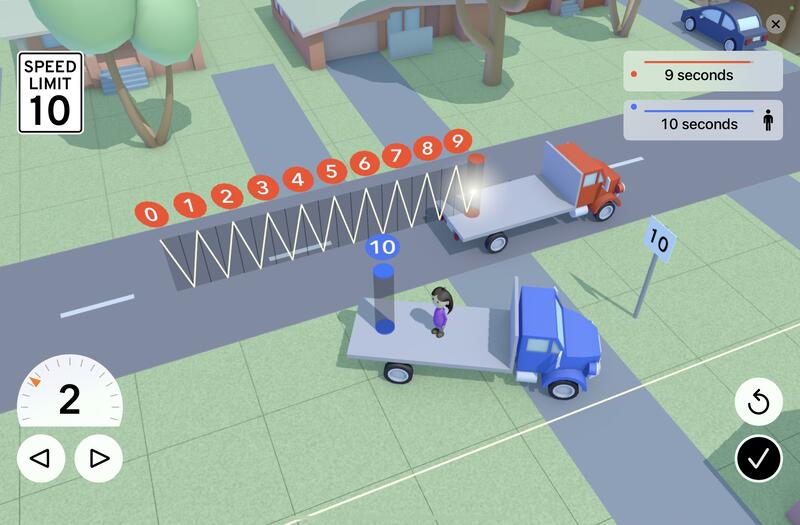
My intention is that the reader will develop an intuition for the mathematics of spacetime by playing with spacetime themselves within a guided learning experience. It’s as if someone wanted to understand the geometric properties of spheres, and I handed them a beach ball to play with instead of telling them, “Sorry, I can’t show you a sphere, but the equation x2 + y2 + z2 = r2 accurately describes what physicists have observed about sphere behavior.”
If the reader needs to learn the mathematics of special relativity later, they’ll have an easier time of it, because they’ll already have an intuitive picture in their head of how the universe works.
The app explains why, not just what. When I first tried to learn about special relativity, I eventually understood the math. I could calculate what happens in the twin paradox scenario. But what I wasn’t getting was a deep, intuitive sense of why, when I get up and walk across the room and come back, I must experience less time passing than my friend on the sofa, and from the perspective of my friend, I must get a little shorter in the direction that I’m walking. That’s what this app provides.

The app has no introduction. The app does not include Einstein’s education history, his employment record, or the illuminating experiences he had riding public transportation. While the story of Albert Einstein’s personal journey is fascinating, it’s a distraction from the task at hand, in the same way that a history lesson about Henry Chadwick is not helpful to a child who wants to learn how to play baseball.
The app begins by immediately presenting the surprising effects of time dilation and length contraction, to ignite the reader’s sense of wonder, instead of introducing these astounding ideas 45 minutes later, long after their eyes have glazed over and they’re lost in a pile of equations and confusing terminology and backstory.
The app is not a wall of text that requires you to decipher complex explanations and visualize everything in your head.
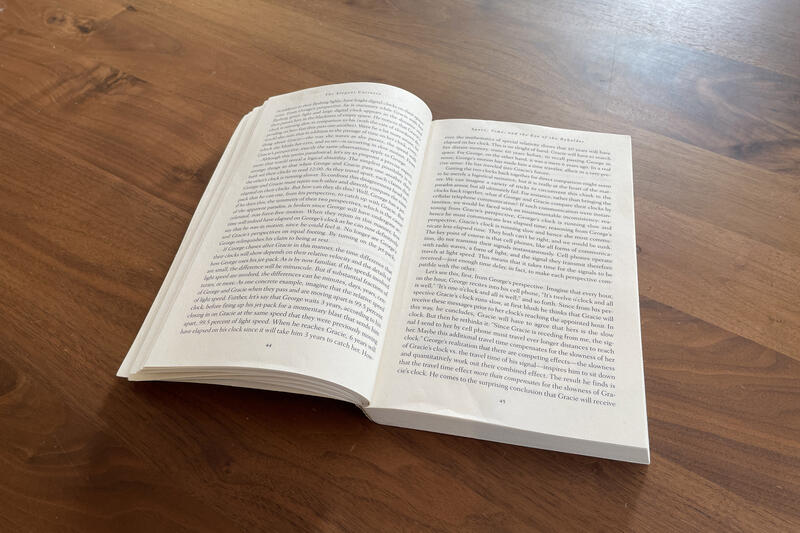
The app is not a video of a charming physicist describing concepts you don’t understand in terms of words you don’t understand, punctuated by equations and abstract diagrams and handwaving.
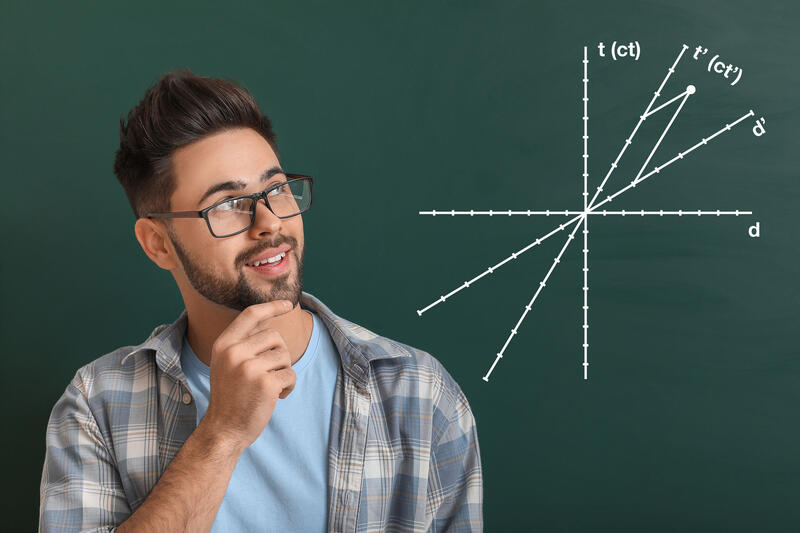
The app is a book containing 67 interactive 3D illustrations based on a real working scale model of four-dimensional spacetime, written for anyone with an elementary school education who wants to have an intuitive sense of why the measurements of distance and time behave in surprising ways in a universe that happens to have a built-in speed limit, and just isn’t getting it.
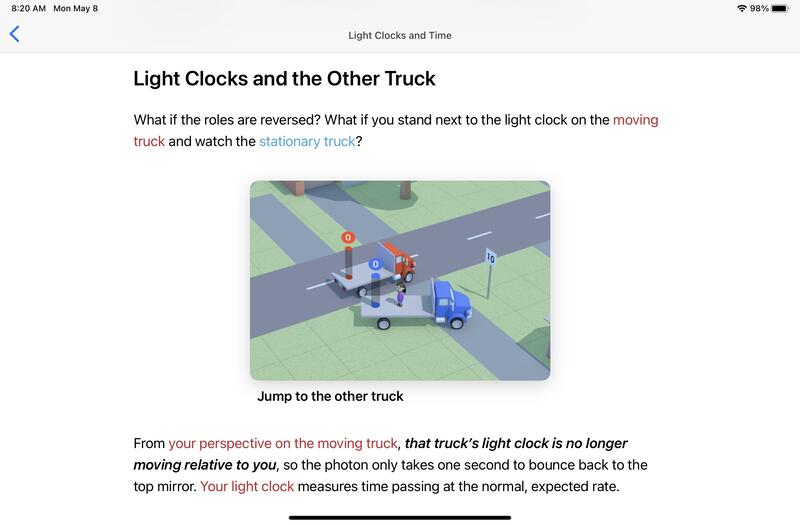
The app will be released near the end of 2023, although from your perspective, it may seem later than that due to relativistic effects.
If you have questions about Relativity for Earth People, please email me.